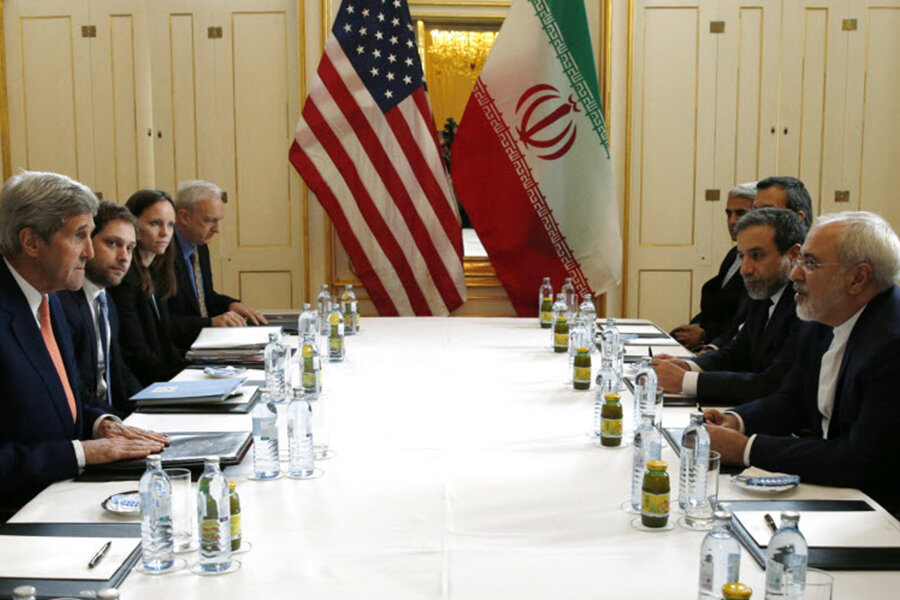'Implementation day' for Iran nuclear deal: what it means
Loading...
| Istanbul, Turkey
The historic Iran nuclear deal has reached its most significant milestone, with UN verification that Tehran has dismantled much of its nuclear infrastructure.
On Saturday, the United Nation’s nuclear watchdog agency determined that Iran had completed a host of steps – from dismantling thousands of centrifuges to pouring concrete into a reactor core – designed to impair its ability to produce a nuclear weapon for more than a decade.
That is the trigger for "implementation day" and for Iran to see the immediate lifting of sanctions on everything from oil sales to financial transactions that have crippled its economy, the release of $100 billion in frozen assets, and the reconnection of the Islamic Republic – and its largely untapped market of 80 million people – to the global economy.
International Atomic Energy Agency (IAEA) chief Yukiya Amano said today he issued a report "confirming that Iran has completed the necessary preparatory steps to start the implementation” of the nuclear deal.
That certification "paves the way for the IAEA to begin verifying and monitoring Iran’s nuclear-related commitments,” said Mr. Amano in a statement. "Relations between Iran and the IAEA now enter a new phase.”
So what was done to reach "implementation day" and what is being achieved?
- The International Atomic Energy Agency (IAEA) certified Saturday that Iran has dismantled more than 2/3 of the centrifuges once used to enrich uranium. Still spinning are 5,060 first-generation machines at the Natanz plant, and 1,044 kept but inactive at the deeply buried Fordow facility.
- Iran this week removed the core of the Arak heavy water reactor and poured concrete into it, as part of a design change that will render it incapable of producing plutonium – another potential path to a bomb.
- Iran shipped 98 percent of its low-enriched uranium stockpile to Russia on Dec. 28, keeping within the 300 kg (660 pound) limit of the deal, all enriched to no more than 3.67 percent purity – far short of the 90 percent needed for a weapon.
- Iran agreed to extensive, intrusive and permanent IAEA monitoring, which is already underway; advanced centrifuge research will continue, with limits.
- The EU will lift all nuclear-related sanctions on oil imports, financial and bank transfers, the central bank, and restrictions on some sectors like auto and insurance.
- The US will suspend nuclear-related sanctions that have prevented non-US actors from buying oil and investing in Iran’s energy sector, , and will license certain activities like commercial aircraft business and some imports. Most sanctions applied to US persons will remain in place.
- Several sets of UN sanctions, which included restrictions on ballistic missiles, will be lifted, replaced by a new resolution approved in July that carries over some measures, but has merely “called upon” Iran not to work on missiles that could potentially carry a nuclear payload.
The nuclear accord reached last July between Iran and six world powers has been hailed as a victory for diplomacy over war, after more than three years of excruciating and emotional talks.
Some Iranians danced in the streets, and exhausted negotiators who experienced its rollercoaster of emotions described a “win-win” result that has significantly eased chances of war, and could yield other cooperative benefits. But hard-line critics in Washington and Tehran decried it as a sell-out to perennial enemies.
The deal is a series of hard-to-reverse mutual compromises: Iran gives up or mothballs much of its costly, advanced nuclear program, while the United States and Europe give up or suspend the tools of their painful economic leverage.
Since then, Iran has taken the required first steps months quicker than expected, demonstrating what monumental change can look like in a region plagued by disintegration, violence and uncertainty.








